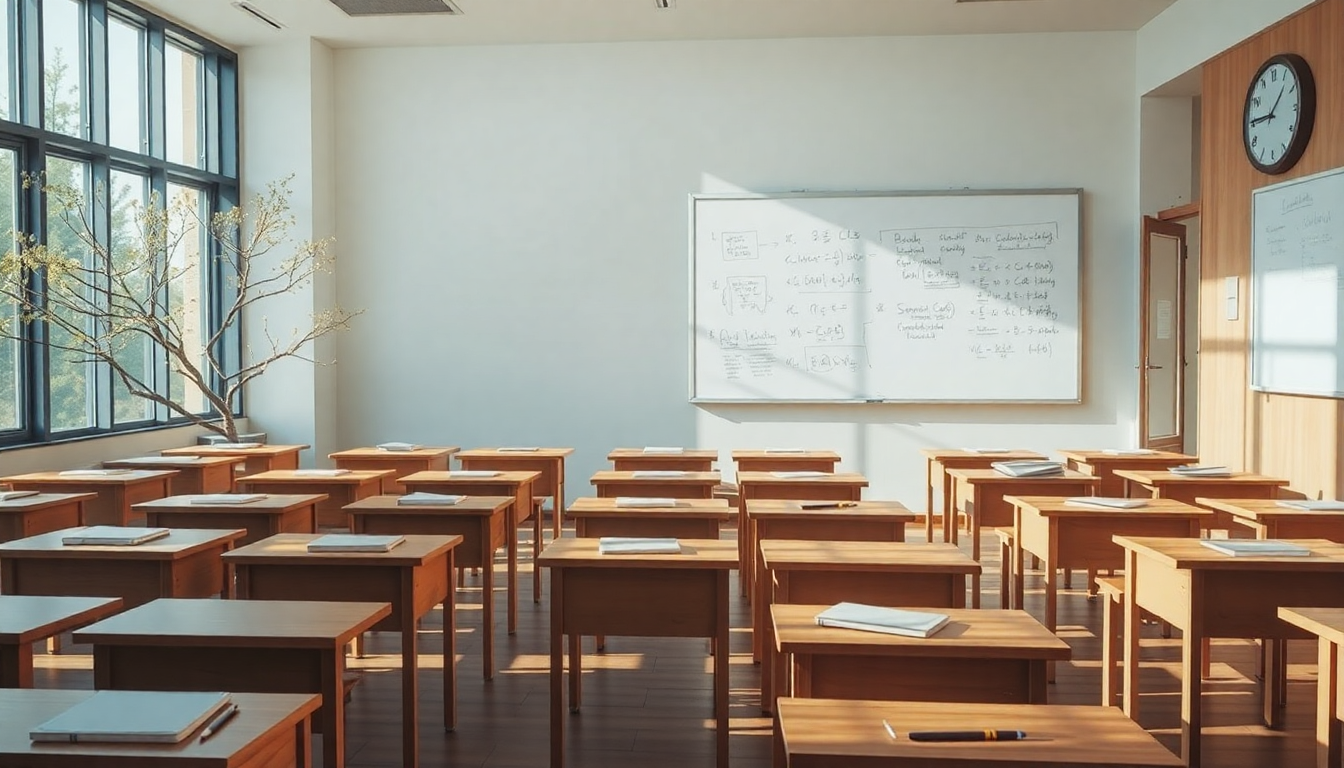Table of Contents
In a significant move, China has decided to implement a nationwide shutdown of artificial intelligence tools during exam weeks. Why, you might ask? The reasoning behind this decision lies in the belief that such technologies hinder genuine learning among students.
This action showcases a deeper understanding of the balance between technological advancement and educational integrity, especially when we compare it to the situation in the West, where AI often serves as a quick fix rather than a true supplement to learning.
Understanding the Chinese Approach to AI in Education
The Chinese Communist Party’s choice to limit AI access during crucial examination periods, like the infamous gaokao, reflects a strong commitment to fostering authentic learning experiences. Major tech companies, such as Alibaba and Tencent, were instructed to disable features that could facilitate cheating, including functions that allowed students to upload exam questions for instant answers.
This restriction is part of a broader strategy aimed at ensuring that students engage with their studies honestly—something that is vital for their long-term educational success.
Scott Singer, a tech scholar from the Carnegie Endowment for National Peace, notes that while China generally holds an optimistic view of technology, the government steps in when it perceives potential societal harm.
This proactive approach is essential, especially in a landscape where the misuse of technology could undermine educational objectives. Could this be a lesson for other countries grappling with similar issues?
Interestingly, the response from these tech companies was notably quiet; none issued statements regarding the service modifications.
This lack of communication hints at a certain level of compliance with government mandates, underscoring the considerable control the Chinese government has over technological practices within its borders.
The Broader Implications of AI on Learning
The implications of AI extend far beyond just exam performance.
Tristan Harris, co-founder of the Center for Humane Technology, argues that American students are facing harmful effects due to their reliance on AI tools for academic tasks. As students increasingly lean on technology to get their assignments done, they risk losing their critical thinking skills. Isn’t that a concerning thought?
A study conducted by MIT backs this up, revealing a troubling trend: individuals who used AI for essay writing reported lower cognitive engagement and retention of information. This dependency on AI not only stifles intellectual growth but also cultivates a culture of academic dishonesty, as students feel pressured to cheat if they think their peers are doing the same. How can educators combat this rising trend?
Teachers, like Murphy Kenefick, have reported frequent instances of AI-related cheating in their classrooms. This highlights an urgent need to reevaluate how technology is integrated into educational settings. How can we ensure that it enhances rather than detracts from the learning experience?
Lessons for the West: Striking a Balance
The contrasting approaches between China and the West serve as a crucial reminder of the importance of governance in technology. While there’s a fear that strict regulations could stifle innovation, the reality is that a well-regulated environment can nurture smarter, more capable citizens. Harris argues that the real competition lies not in who can develop technology faster but in who can govern its use effectively. Could this shift in focus lead to better outcomes for students?
China’s cautious stance on AI as a potential disruptor in education suggests that American policymakers should take notice. As the possibilities of AI continue to unfold, implementing safeguards that protect children and society from the pitfalls seen with past technological advancements, particularly social media, is essential.
In conclusion, as we navigate the complexities of integrating AI into our lives—especially in education—it’s imperative to prioritize thoughtful regulation and responsible use. By learning from China’s approach, we can work towards creating an environment where technology truly enhances learning rather than detracts from it. After all, isn’t preparing future generations for the challenges ahead what education is all about?





